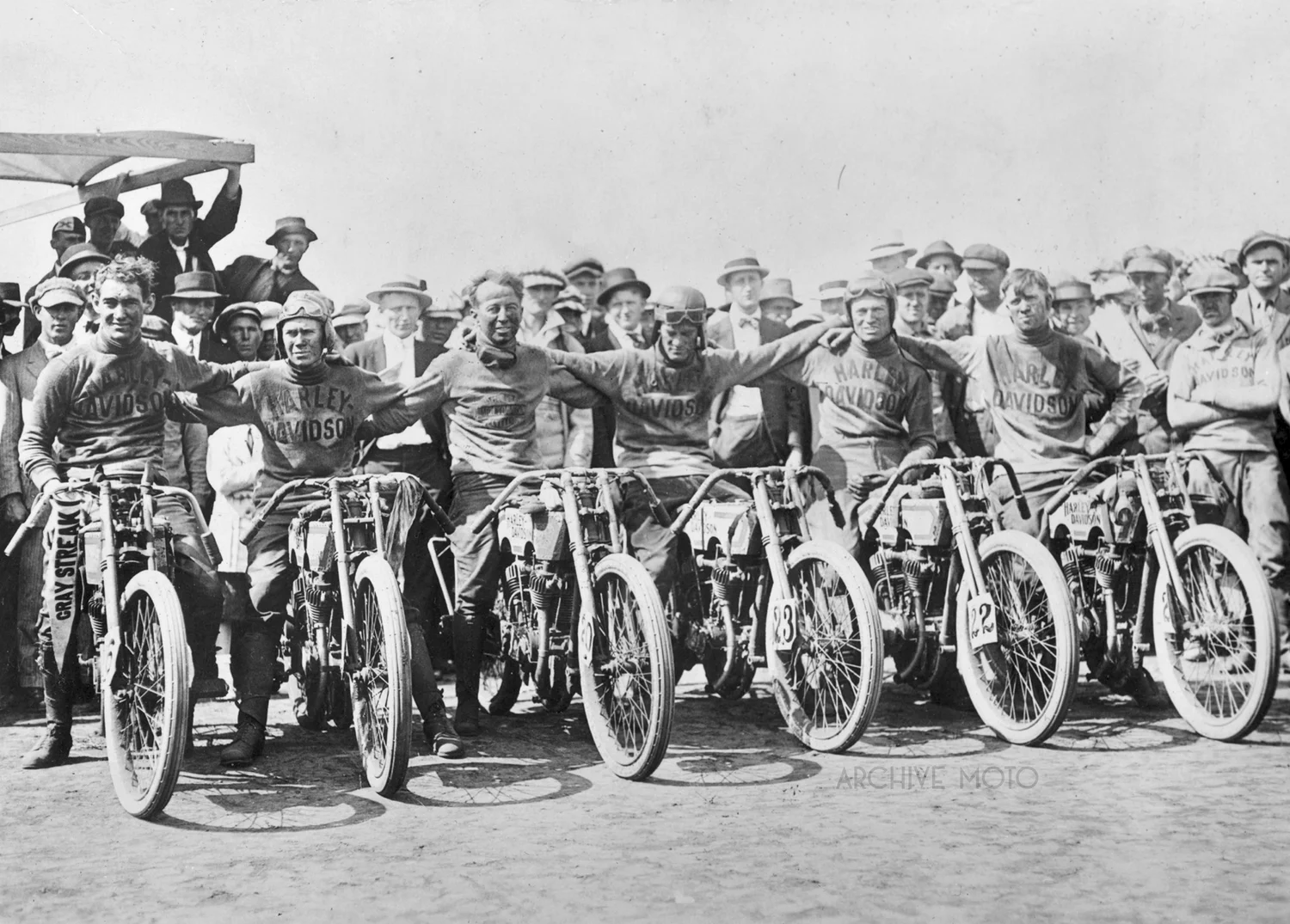Albert “Shrimp” Burns, the young California crack is perhaps one of America's most recognizable and widely loved stars from the early days of motorcycle racing. Growing up just around the corner from the local Pope dealer in Oakland, Burns was the scamp perpetually having to be shooed away from the motorcycles parked out front by management. It is said that his first ride was actually the result of the manager’s absence, a brief window in which the boy fired up one of the machines and took off around the block. Coming of age in the great motordrome era, Shrimp soon developed an interest in the flourishing sport of racing, but unlike many of his schoolyard buddies, Shrimp wasn’t content to simply sit and watch. So at the age of 14 he rebuilt an Indian twin and began entering dirt track races.
With all of the tenacity and foolhardiness of a small framed teenager Burns thrust himself into the middle professional motorcycle racings golden age, but as he squared up against the day’s star riders like Otto Walker, Ray Creviston, and Carl Goudy, not everyone was comfortable racing against, or losing to such a young little gnat. Some riders filed protests against allowing Burns to race on a number of occasions, and when the concerns turned into action against him, Shrimp is said to have perched himself on the track fence, making faces at the riders as they shot past around the track. It was that attitude, along with his compact size that earned the young Burns the nickname “ the Shrimp” in those early days, one which he never shook.
By the age of 17 Shrimp had already begun besting some of the top riders, but as it was across the country, America’s involvement in WWI halted any racing aspirations, giving him an opportunity to further hone his skills in the saddle and behind the wrench. Having established himself before the war as one of the sports brightest young talents Shrimp was eager make his mark once racing resumed in 1919, and in June he was approached by Harley-Davidson’s Bill Ottaway, becoming apart of the motor co.’s newly formed team, the Wrecking Crew. Traveling the country and racing full time as a professional, 1919 was Shrimp’s break out season, becoming a crowd favorite as he raced around America’s dirt tracks and massive wooden super speedways. However, a growing turmoil within the team, mainly between Shrimp and team Captain Otto Walker, who had filled some of those early protest to prevent Shrimp from running, led Burns to surprise everyone by signing on with Indian in January 1920.
With the full support of the Indian factory Shrimp became a household name, and in his Wigwam debut he beat out his former teammates in the 25-mile National Championship at Ascot Park that January, continuing to lead the majority of the biggest races in the country throughout 1920. For the next two seasons he consistently held his position towards the front of the pack, being beaten more often as a result of mechanical failures than actually having been outmatched. During the opening races held at the Beverly Hills Speedway on April 24, 1921, Shrimp’s tenacious reputation for leaving everything on the track as well the affection he received as a result was caught on film. The extremely rare film, which can be viewed on Youtube, documents one of the most sensational performances of Shrimp’s career. That day Burns won two of the four races at speeds over 100 mph, only losing the second race after a nasty crash, which in turn caused him to miss the third while getting bandaged up, only to come back and win the fourth despite his injuries.
As evident in the film, Shrimp was at the top of his game in 1921, but a promise made to his fiancé meant that he would be retiring from the dangerous sport that September following the M&ATA National Championship races in Syracuse, NY. The season progressed and as Shrimp approached his 23 birthday his fiancé Genevieve traveled to Toledo to celebrate with him and attend the races. On Sunday, August 14th, 1921 just two days after his birthday he mounted his factory 8-valve racer and headed out onto the dirt of the Fort Miami mile.
After making the best time during qualifying, Shrimp held down second place in the first 5-mile event, losing to teammate Don Marks as he scuffled with former Harley Wrecking Crew teammate Fred Ludlow. For the second 5-mile race, Ludlow shot to the front of the pack leaving Shrimp and Ray Weishaar close behind, but as they exited the first turn of the first lap Weishaar got a bit loose, causing Burns to maneuver high on the outside of the track to avoid the Harley star only to have to cut back sharply towards the inside to avoid the fence. As he cut back in front of Weishaar though his rear tire clipped the front of Weishaar’s machine, sending Burns headlong through the fence at full clip. Breaking off a post as he exited the track. Shrimp’s skull was crushed, neck broken, and his face deeply cut open. His machine was on fire, and in an eerie coincidence, it was the same 8-valve motor No. 50 that Charlie Balke was running at a Chicago track when he died in 1914, just as Shrimp had begun racing. Albert “Shrimp” Burns, one of America’s most adored racing celebrities was dead before he reached the hospital, his horrified fiancé Genevieve left devastated by his side.
Today, August 12th is Shrimp’s birthday, and this Sunday the 14th will be the 95th anniversary of his tragic and untimely death. The legacy of the unshakable Shrimp Burns lives on, and the man with a champion’s legacy at both Indian and Harley-Davidson remains one of America’s most beloved racing pioneers.





